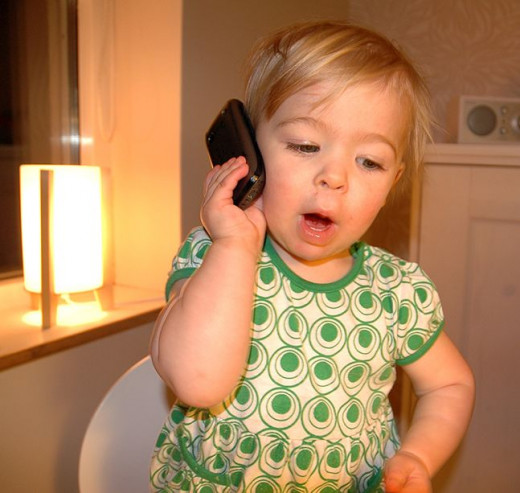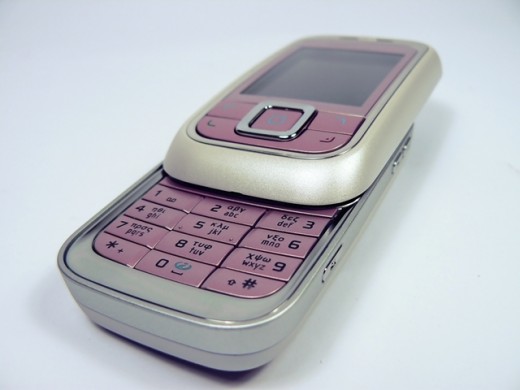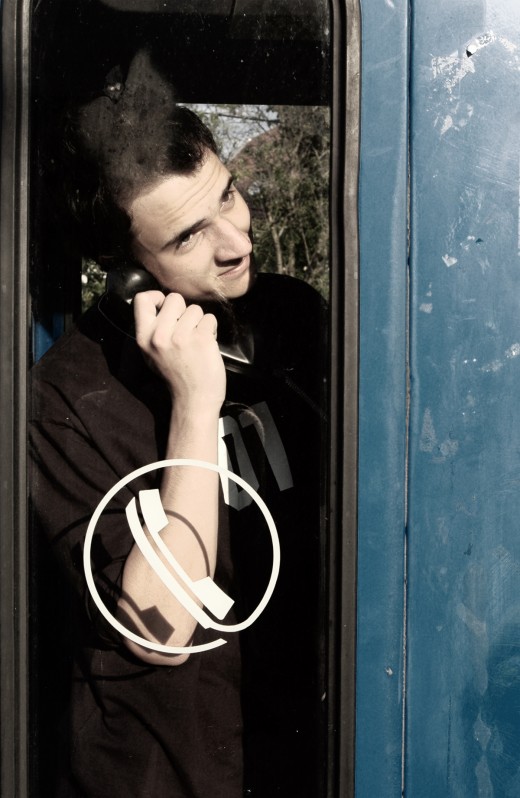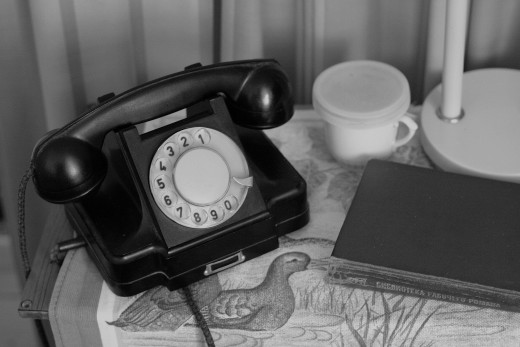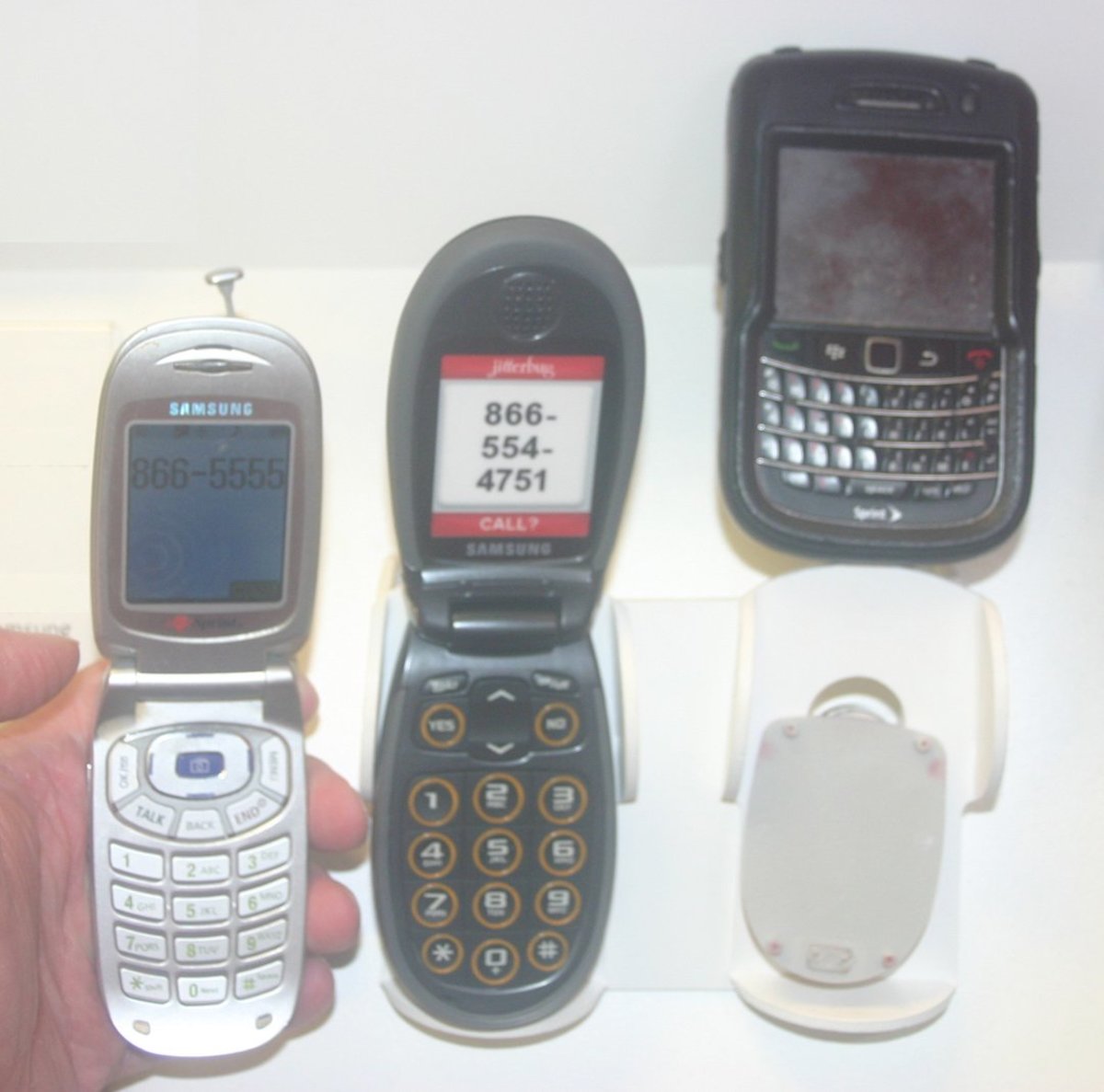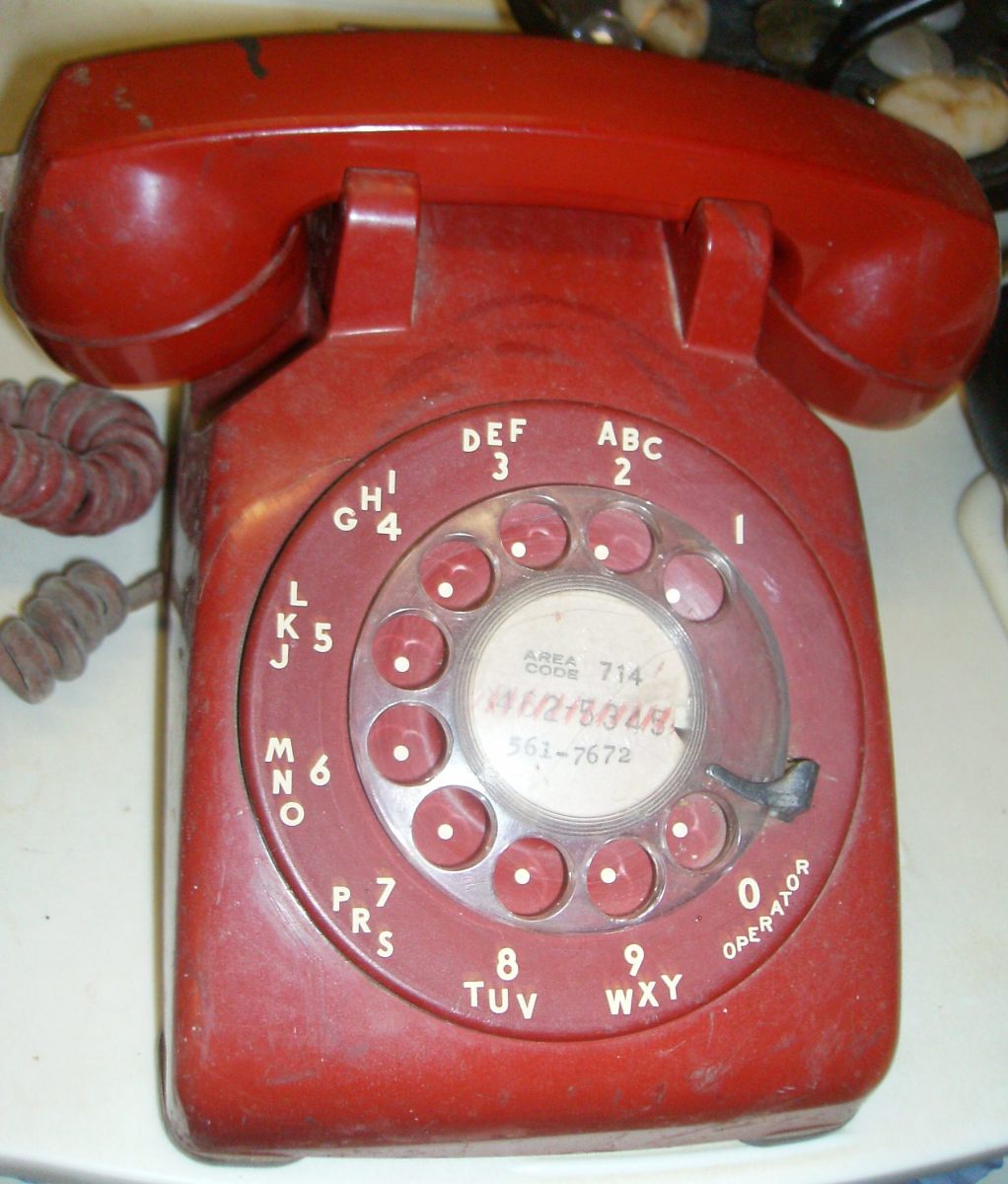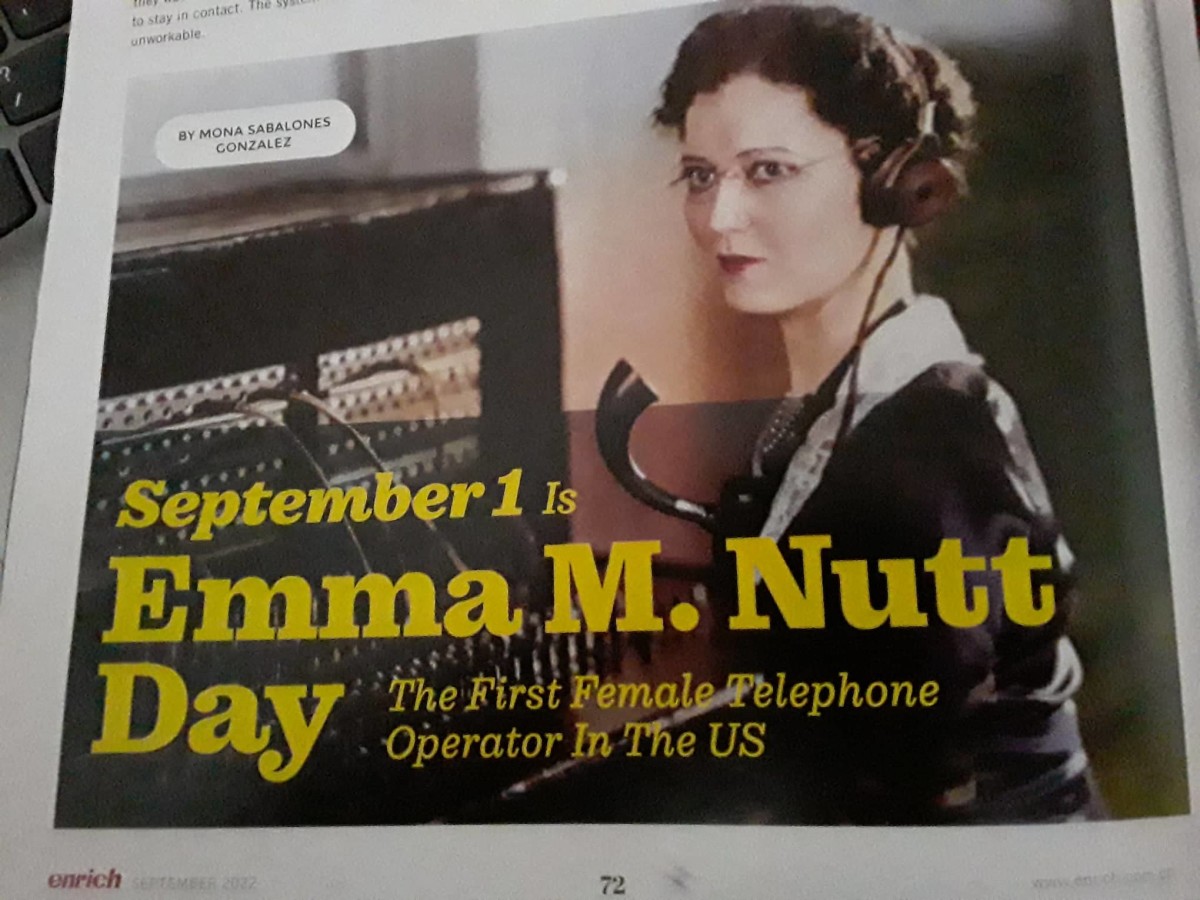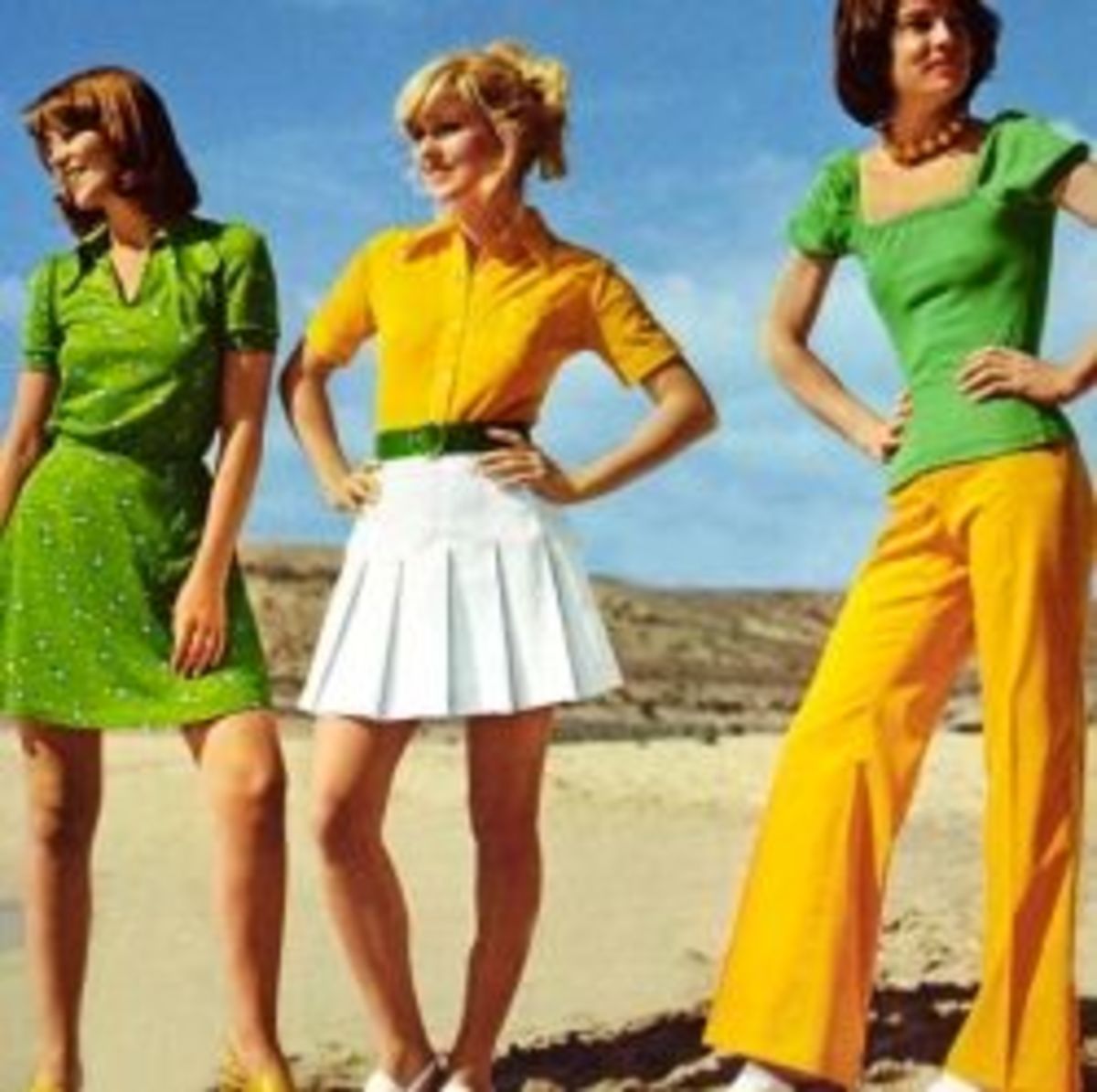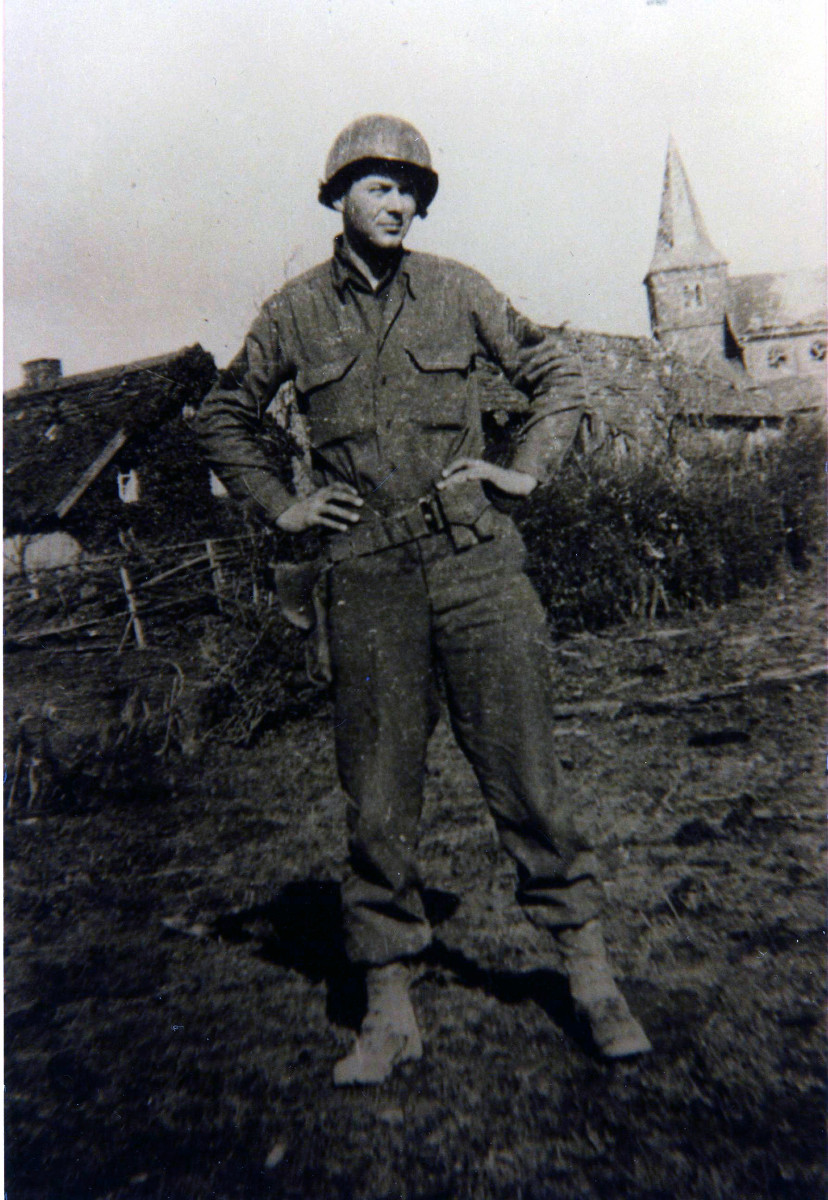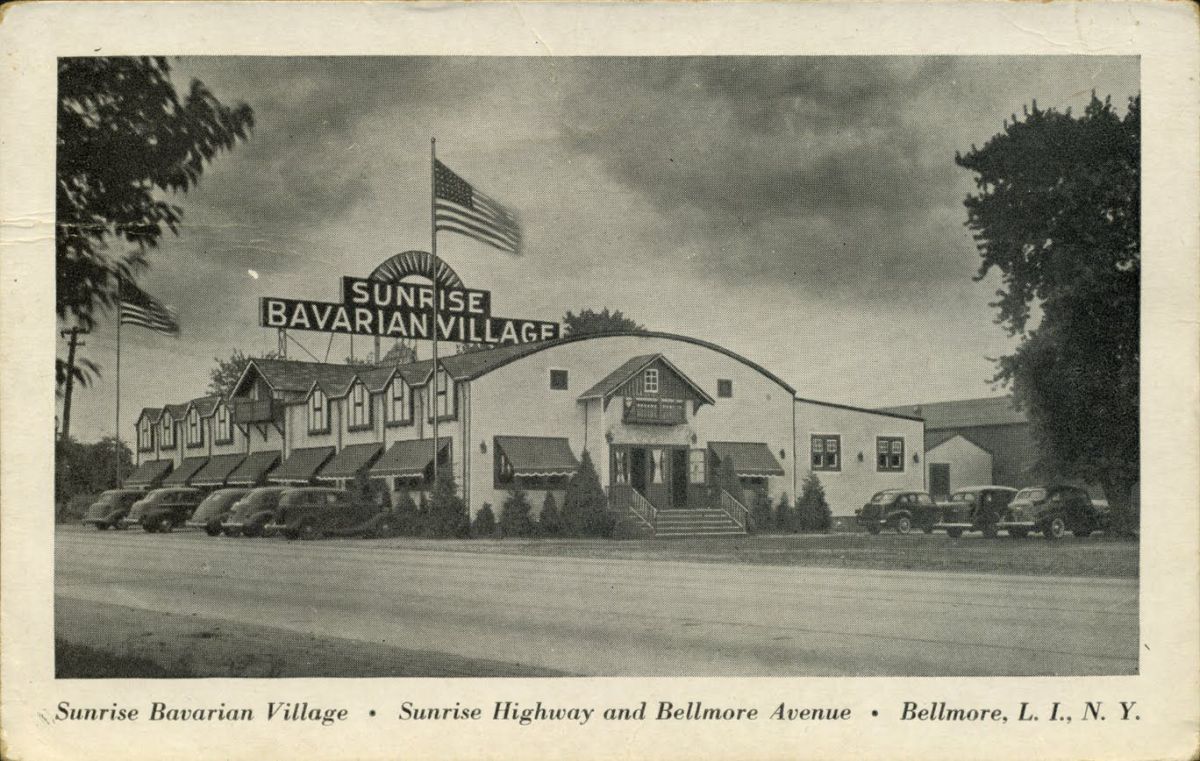Looking Back at Vintage Phones
Vintage Rotary Phone
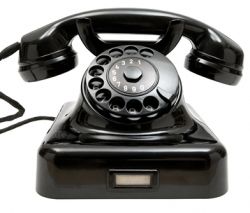
Telephone Service
Do you remember as I do, the phones before we had a cell, touch-tone, push-button, streamlined, or princess? They were large heavy household appliances, tethered to the wall. There was no easy unhooking from the wall and taking the machine with you. If you yanked the wires from the wall, you had to call the phone company to reinstall it. Also, they were all black and rotary. My mother had to give me lessons on how to make a call by putting my finger in the appropriate hole and rotating it all the way around to the stop, then let go. These appliances were so heavy you could use it as a weapon against intruders.
Do you remember having to pick up the receiver and say Hello, before knowing who was calling? I remember my Dad literally yelling into the receiver when talking to his mother in Indiana because he was sure you had to do that with long-distance. He had such a great Indiana accent that whenever he answered the phone, he spoke in colors. He would say, "Yellow." So I, (smart allelic that I am), would say, "Green," or "Blue". I don't know why he wasn't amused.
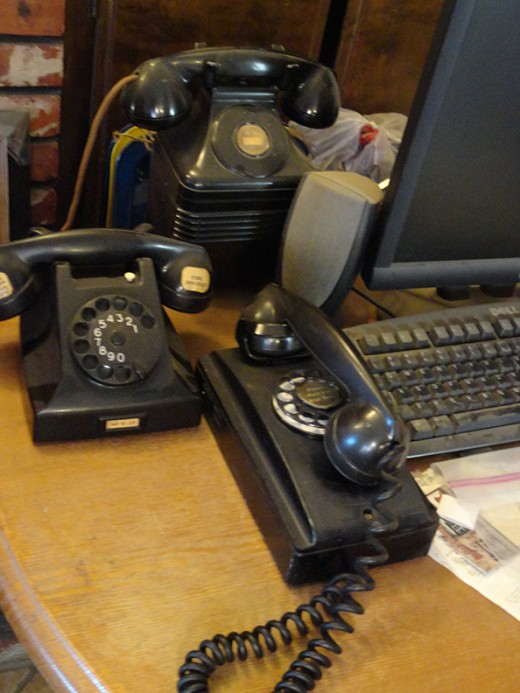
The Operator
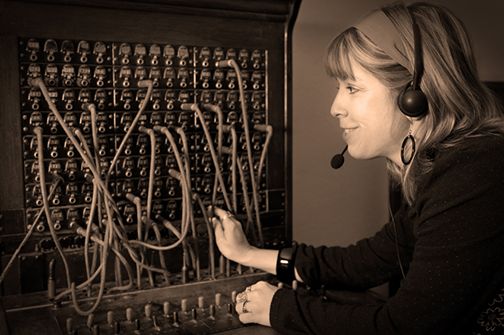
Prefix Names and Operator Assistance
Those were the days of the operator-assisted calls. You would pick up the phone and say Klondike 5-7789 and the operator would connect you. The word such as Green Hills or Klondike took the place of the three number prefix we use today that told the operator the town or part of town (if it was a big town). The rest of the number was for the specific phone service. My guess is that hearing seven numbers blurted out was difficult to cipher whereas, a name was not as hard to hear. Much in the same way the military uses words like Charlie-Alpha-Bravo instead of CAB. After a while, operator-assisted calls were replaced by automated systems that didn't require the use of names and seven numbers became the norm. However, I remember still having to use an operator for long-distance calls until late in the 1960s. Listen to Allan Sherman parody song at the end of this lens: "The Let's All Call Up AT&T and Protest to the President March" (Yes, that is actually the name of the song!)
Old Phone
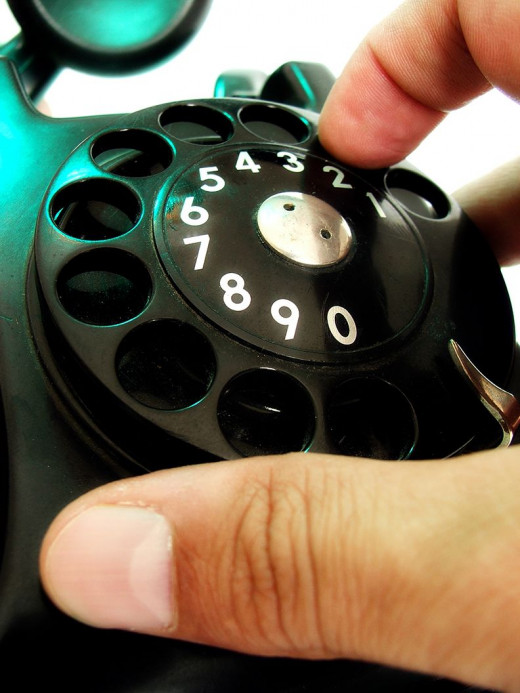
The Party Line Was No Party
When I was a girl, our first phone was a party line. For those who have not had to endure this, a party line was the cheapest phone service you could have, where your line was shared by several other families. When someone was calling you, the phone would ring a unique ring so you knew when to pick up. Our ring was three short rings in a row then a pause. When you wanted to make a call, you had to pick up the phone and listen briefly to see if the line was clear before dialing. If you heard the dial tone, you could dial out; but if you heard people talking, that meant someone (in the party complex) was using the line and you had to wait. One day I picked up the phone to dial out and listened only to hear an elderly lady talking to some family member about the condition of her liver. I know I shouldn't have listened, (my mother said that it was rude to eaves-drop or party-line listen) but I couldn't help myself. She was describing something medical in great detail that few 7-year-olds had ever heard before. When she said the doctor told her that her liver was going to kill her, I was worried about my own.
If you had an emergency, you could break in, say excuse me, and ask to make an emergency call. However, it was up to the other party whether to honor that request or not. And sometimes they didn't want to hang up just because you asked.
Calls have become so important.
Click thumbnail to view full-size





Party Lines
Would you be willing to have a party line if it was offered at a significant savings?
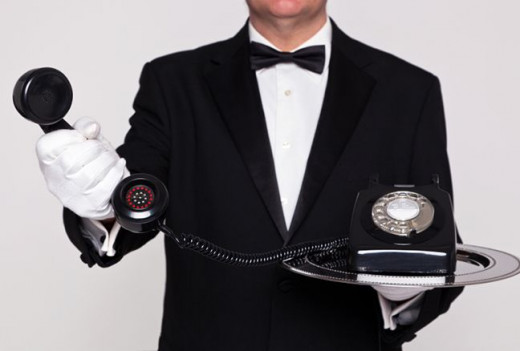
Happy Days
It was a happy day when we got a private line. Old habits die hard, and to this day, I still pick up the phone and listen for the dial tone before dialing, almost as if I expected to hear a discussion of someone’s liver.
As the years go by and phones have morphed into the little tinker toys they have become, it seems to me that people have changed more than the phones have. We used to utilize the phone for emergency purposes, for making appointments and checking on the family. We never would have considered talking longer than 10 to 15 minutes; that’s what letters were for. Now we talk all the time but say less. We are more connected but less in-touch with each other. These are strange and wonderful times we live in and I’m very happy to have seen it.
In some cases, you can still buy a vintage rotary wall phone from the 1950s. What a conversation piece that would be for the home. Most “vintage” retro devices today are just replicas and not the real thing. But they are nice to have. I’ve included a few here on this lens.
Allan Sherman phone protest parody
You have to listen closely. He is making fun of the fact that they are using only numbers now instead of word prefixes.

The First Bluetooth
I remember when the first Bluetooth devices came out. They looked large and odd: like an overgrown hearing aide. Even the name was odd. I still picture a rabid dog with bad teeth when I hear the name. And the wearer, although walking around freely in stores or wherever, was unsure of where to look, so they tended to stare at people without seeing them, all the while talking as if to them. This was very disturbing. You look; they have no phone in hand so you assume they are talking to you; they keep talking even though they have your attention; you feel stupid because you realize they were never talking to you at all. I hated that. I swore I would never get one of those. Clue: never swear what you will never do… it always backfires on you. Today I have one but I make sure to look down in a store and hold one finger up around people so they know I’m not talking directly to them but to my earpiece. It is still a bothersome thing but an incredible device. I feel a little like telling the captain that all hailing frequencies are open.
Uhura and her Bluetooth



